A home workshop can simultaneously be a carpentry and locksmith room or a place for performing a wide range of works. No matter what you do, you will need to drill holes in workpieces and products anyway.
Of course, a quality small drill press (read more about them here) is best for drilling. We hope that our article will help you avoid the difficulties that arise when choosing such a tool for your home workshop.
About Drill Presses
A drill press is a special machine tool designed to make precise holes in various materials, particularly wood. Its principle of operation is in many ways similar to a hand-held drill. Its main difference is that a drill is firmly fixed to the support column. A massive table is also highlighted in its construction. As a rule, it is made of steel or cast iron. The plate serves two purposes: it eliminates vibrations and fixes a vice.
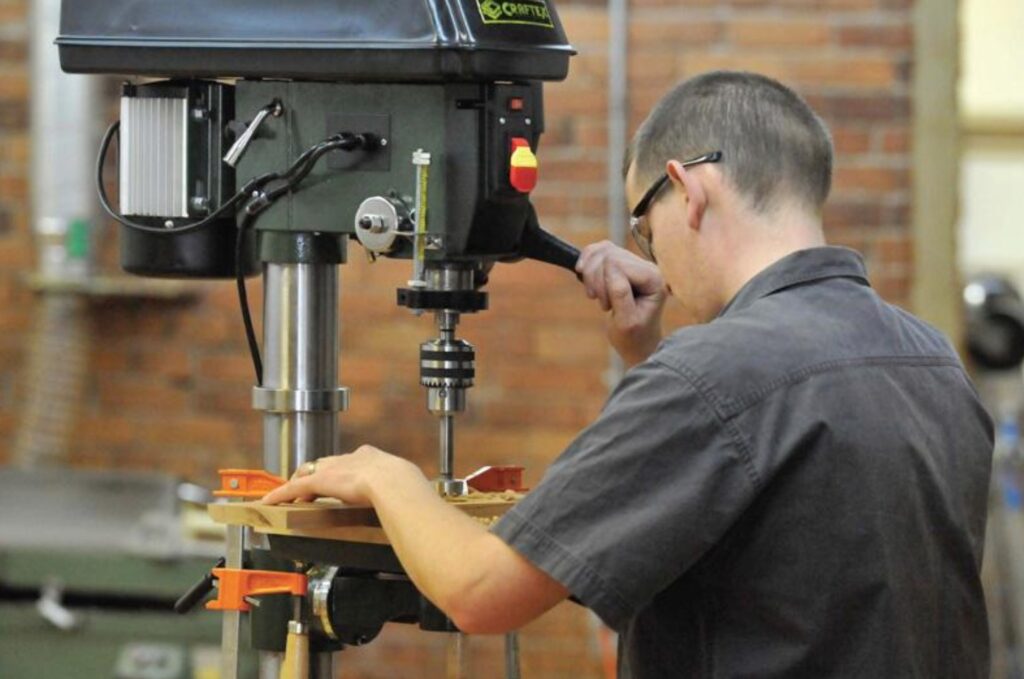
What Are They Used for
A drill press is a pretty multifunctional tool. Since you can use a variety of bits and change their rotational speed, it can be used for a wide variety of tasks:
- drill blind and through holes;
- make holes at different angles;
- expand and smooth holes;
- countersink holes;
- make internal threads;
- cut discs.
Typically, you can make much smaller and more accurate holes with such a tool than with a hand-held drill, which is great if you usually work with small objects. And as these are stationary devices, they are more powerful, efficient, and safe to use.
Factors to Consider
To make it easier for you to choose the right tool, keep in mind a few of the most important parameters to pay attention to.
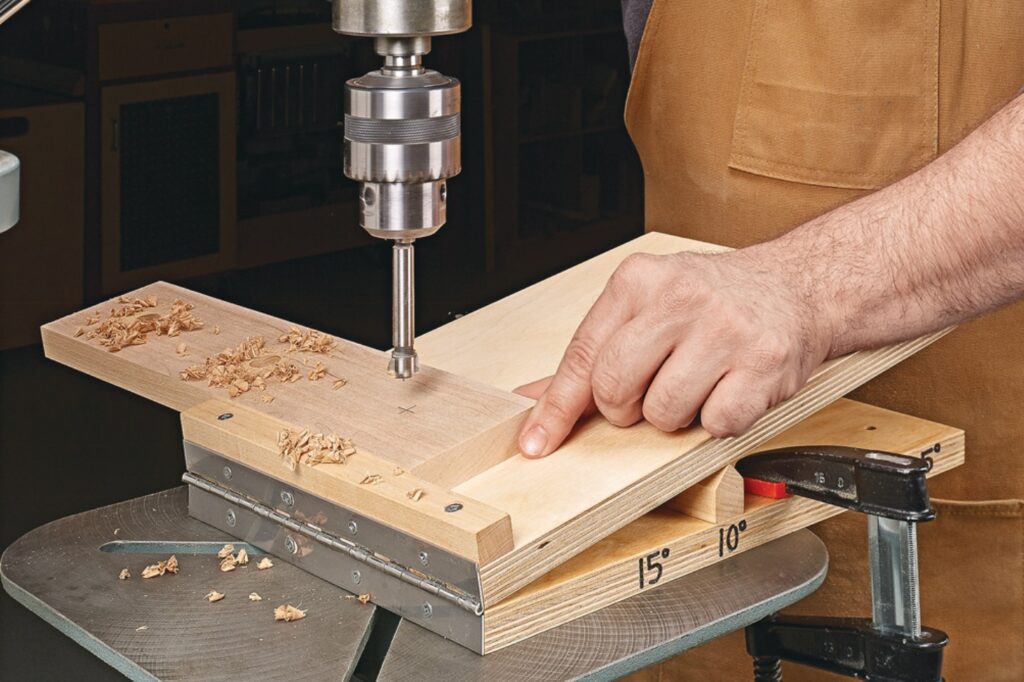
Type
At the moment, you can find two types of drill presses in stores: benchtop and floor. From the names, you can tell where tools are located during operation. The first type is the most popular because it is relatively small and can be easily moved. Floor drill presses are much larger, more powerful, and can be used for heavy-duty tasks. As a rule, they are used by professionals since ordinary users do not need their power. So, for woodworking, you can safely choose a suitable tool among benchtop models. Moreover, there are a lot of variations now.
Power
Power affects materials a press can handle and the size of holes. Typically 0.5 or 0.75 horsepowers are suitable for drilling holes in wood. Such tools will be powerful and productive enough, but they won’t cost you a fortune. Benchtop drill presses offer the best price/performance ratio.
Speed
Different materials (even different types of wood) require different speeds. All modern models have several speed settings. Of course, the wider this range, the more expensive a device will be. Before buying a drill press, find out for what materials what speed and bits are used to understand which tool you need. So, for example, when working with softwood and using a Forstner bit, you will need a speed of 2400 rpm, and when drilling hardwood with the same drill, it is required only 700 rpm.
Depending on the materials you work with more often, pick the range of speed settings. Also, pay attention to the convenience of switching between them. It is best if you can do it in one motion by changing the position of a handle or dial and not adjusting belts (which can be quite tricky).
Chuck capacity and type
Drills with different shank sizes are selected depending on a chuck capacity. If you require specific bits for certain tasks, make sure they fit the chuck size. For small drill presses, this figure usually does not exceed 0.25 inches, while for larger models, it can be 0.5 inches or more.
There are only two types of chucks: keyed and keyless. The latter’s advantages primarily include simple use (in the end, there is always a chance of losing a key). You simply insert a bit and screw in a chuck. However, keyed models give better tightness. With a key, you can tighten a chuck quite tightly and be sure that a bit is securely fastened. Choose keyless tools only if a chuck is of high quality.
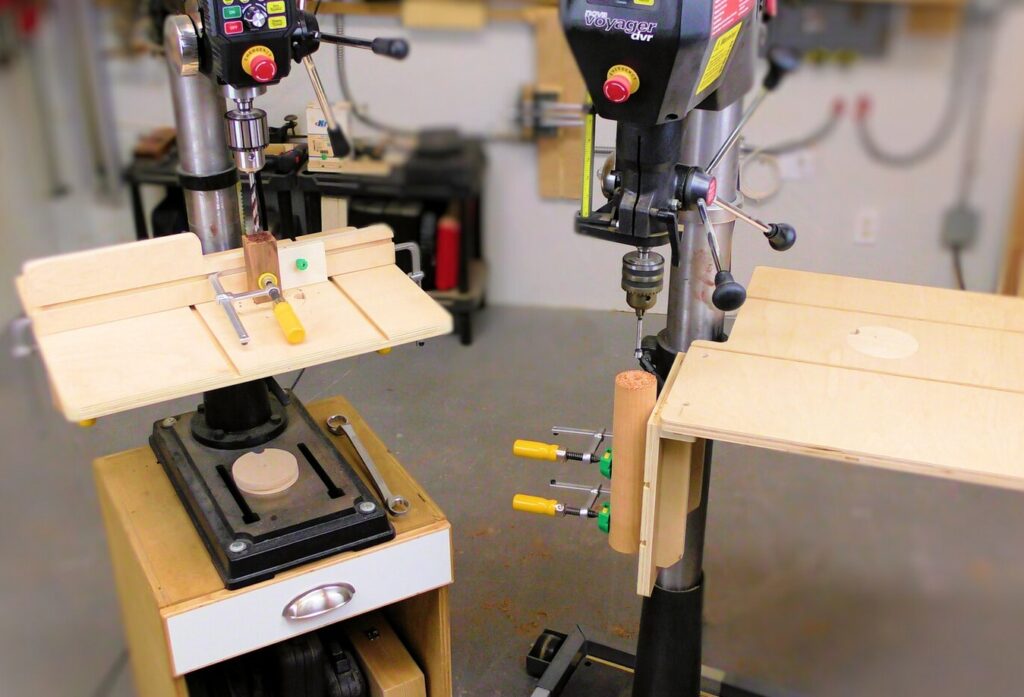
Stroke length
Stroke length is the distance a drill can move downward. The higher this figure, the thicker materials and longer bits you can work with. Do not pick models with a stroke length less than or equal to 2.5 inches, as such a tool will not be universal. Instead, look for a device with a stroke distance of 3 or 4 inches. Of course, they will cost more, but such a tool will pay for itself due to its versatility.
Swing distance
Swing or throat distance is the distance between a support column and a bit end. This figure determines how far from the edge of a sheet you can make a hole. For those who work with small parts and workpieces, this factor does not really matter. However, if you are handling large sheets of material, you should choose a device with the biggest swing distance.
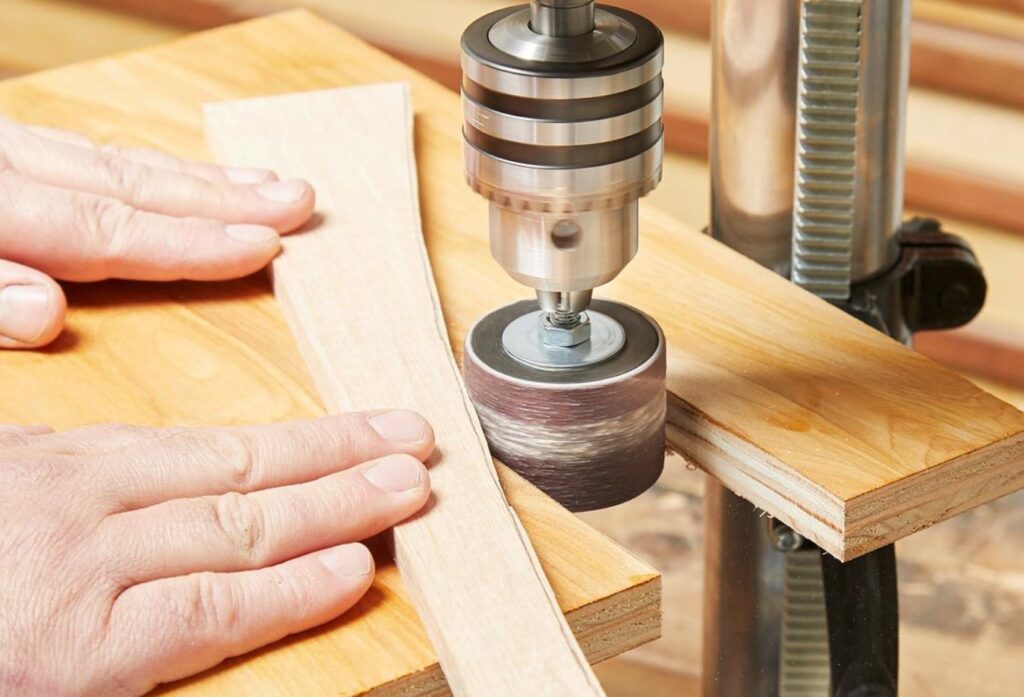
Support column height
The distance between a chuck and base (or table) depends on this indicator. The technical characteristics of a device indicate the figure obtained with the table lowered as much as possible. The larger it is, the thicker a bar you can place on a table, get more information on this here.
Price
The number of functions that a tool has directly depends on your budget. Small but reliable benchtop appliances for casual use can cost around $70-100. Power, speed range, build quality and materials used, stroke and swing distances, table size, and support column height, laser guidance — all these features directly affect the final cost of a product. You may not need some options, but others can be very convenient. Perhaps it is still worth paying extra money for them.
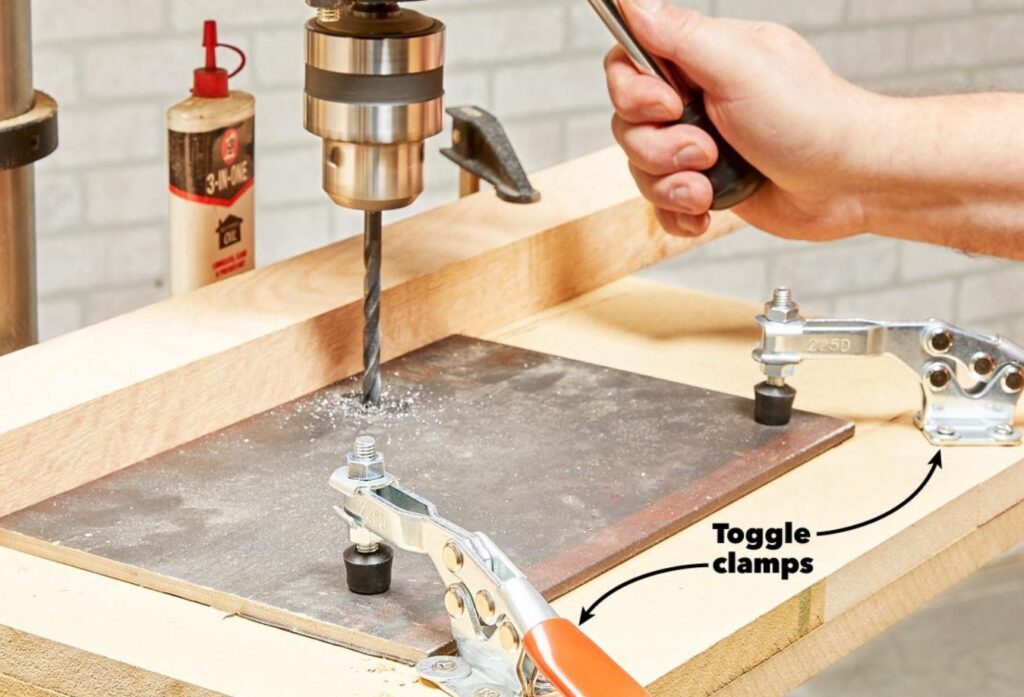
What Else You Should Know
Finding the right drill press is very individual. The required specifications are directly dependent on your work, materials, and special needs. Read professional reviews and user comments before purchasing any item. So you can find out which functions are really needed for your work, and which ones you may not need at all. Also, when choosing a tool, always remember the need for regular adjustments, maintenance, and repair of equipment. The better these processes are optimized, the easier the process of work gets for a user.

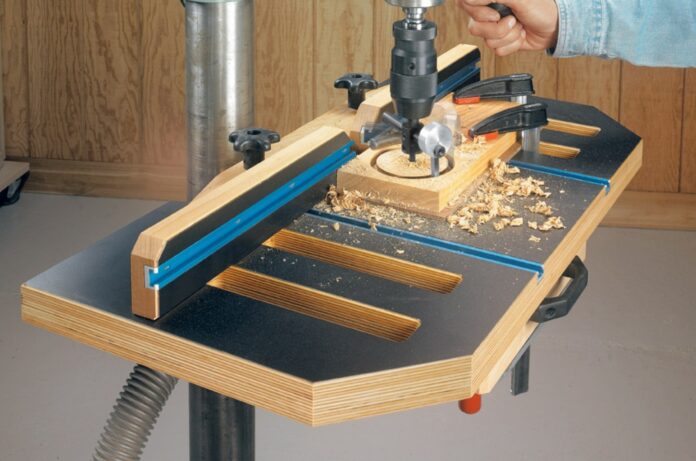
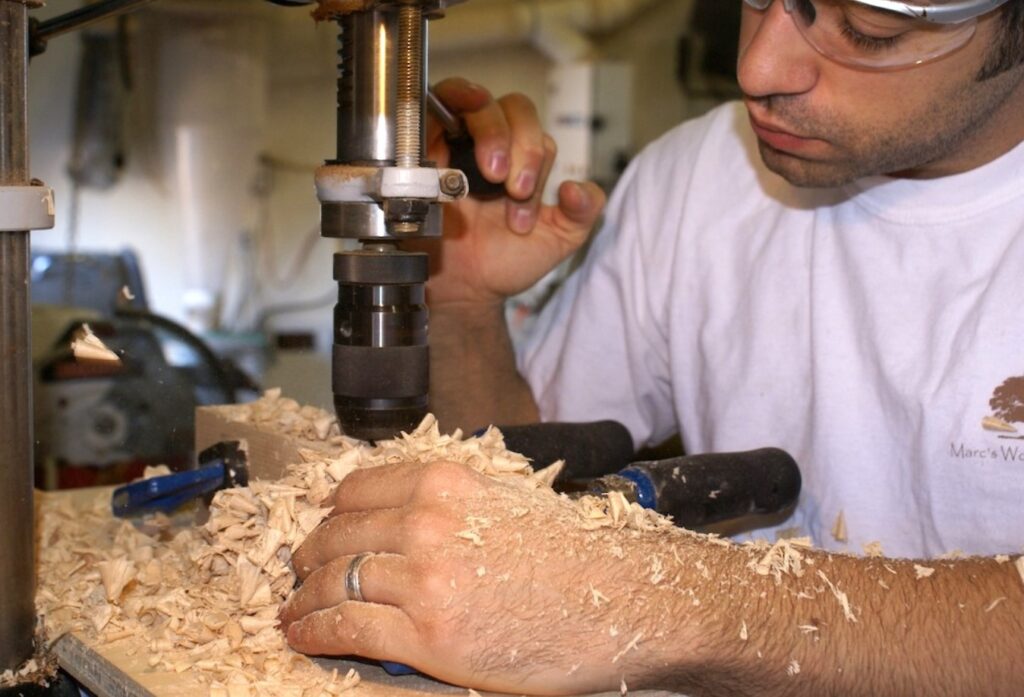

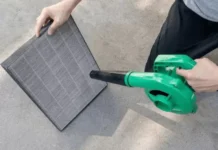

![Calgary’s Hottest Neighborhoods for Luxury Homebuyers [2024]](https://thewashingtonote.com/wp-content/uploads/2024/04/Calgary-324x160.png)



